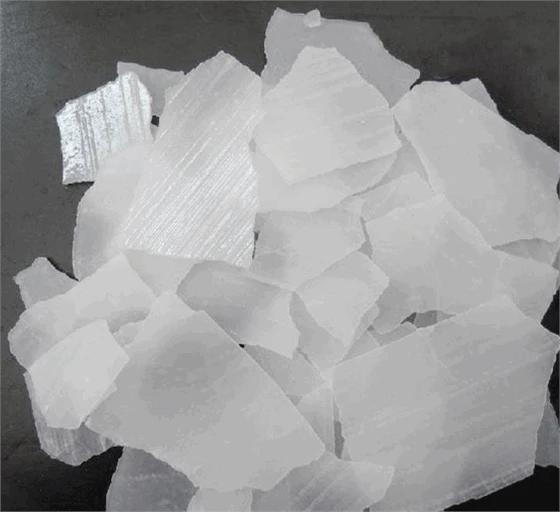



formula potassium nitrate
Understanding Potassium Nitrate Formula and Applications
Potassium nitrate, commonly referred to by its chemical formula KNO₃, is a colorless crystalline compound that plays a vital role in various fields, including agriculture, food preservation, and even as a key ingredient in certain pyrotechnic applications. Understanding its formula and applications can provide insights into why potassium nitrate is such a significant compound in both industrial and everyday uses.
Chemical Structure and Properties
The chemical formula KNO₃ reveals that each molecule of potassium nitrate consists of one potassium (K) atom, one nitrogen (N) atom, and three oxygen (O) atoms. The potassium ion is positively charged (K⁺), while the nitrate ion (NO₃⁻) carries a negative charge. This ionic nature is what enables potassium nitrate to dissolve easily in water, making it highly soluble—a property that underlies many of its applications.
Potassium nitrate is often found in the mineral form known as nitre or saltpeter. It is characterized by its white crystalline appearance, with an odorless and slightly bitter taste. The compound is stable under normal conditions and can be produced through the neutralization of nitric acid (HNO₃) with potassium hydroxide (KOH) or potassium carbonate (K₂CO₃).
Applications in Agriculture
One of the most prominent applications of potassium nitrate is in agriculture, where it serves as an essential fertilizer. It is a source of both potassium and nitrogen, two of the primary nutrients required for plant growth. Potassium is crucial for regulating various physiological functions in plants, including water uptake, enzyme activation, and photosynthesis. Nitrogen, on the other hand, is a fundamental component of amino acids and proteins, necessary for the growth and development of new plant tissue.
Farmers and agricultural scientists leverage potassium nitrate to increase crop yields and improve the quality of fruits and vegetables. It is particularly favored for its ability to provide a quick nutrient boost due to its solubility, thus making it suitable for foliar applications, where nutrients are sprayed directly onto leaves for rapid absorption.
Role in Food Preservation
formula potassium nitrate

Beyond its agricultural uses, potassium nitrate also has a historical role in food preservation. Known for its antibacterial properties, it has been used to cure meats and prevent spoilage by inhibiting the growth of harmful bacteria. Specifically, it helps to maintain the pink color in cured meats and prevents botulism—a potentially fatal illness caused by toxins produced by certain bacteria.
However, due to health concerns regarding excessive consumption of nitrates, many countries have regulated its use in food processing. It is essential for consumers to be aware of the sources of nitrates in their diets and to opt for food products that adhere to safety regulations.
Industrial Uses and Pyrotechnics
In addition to its applications in agriculture and food preservation, potassium nitrate is also utilized in various industrial processes, particularly in the manufacture of fertilizers and explosives. Its high nitrogen content makes it a key ingredient in the production of ammonium nitrate, another widely used fertilizer.
Moreover, potassium nitrate’s oxidizing properties make it a critical component in the pyrotechnic industry. It is used to produce fireworks, gunpowder, and other explosive materials. When combined with various fuels, potassium nitrate enhances combustion and creates the vibrant colors and effects seen in fireworks displays.
Environmental Considerations
Despite its many benefits, the use of potassium nitrate must be managed with consideration for environmental impact. Overapplication of nitrates in agriculture can lead to runoff into water systems, contributing to problems like algal blooms and decreased water quality. Therefore, sustainable practices, such as soil testing and precise nutrient management, are crucial to mitigate these effects and promote healthy ecosystems.
Conclusion
Potassium nitrate (KNO₃) is more than just a simple chemical compound; it is a versatile substance with broad applications ranging from agriculture to food preservation and industrial uses. Its role in enhancing crop productivity, preserving food safety, and its presence in pyrotechnics illustrate its significance in our daily lives. However, it is important to balance its benefits with responsible practices to protect our environment. As research advances, the potential for potassium nitrate will likely continue to expand, paving the way for innovations that enhance agricultural efficiency and promote food security worldwide.
-
Why Sodium Persulfate Is Everywhere NowNewsJul.07,2025
-
Why Polyacrylamide Is in High DemandNewsJul.07,2025
-
Understanding Paint Chemicals and Their ApplicationsNewsJul.07,2025
-
Smart Use Of Mining ChemicalsNewsJul.07,2025
-
Practical Uses of Potassium MonopersulfateNewsJul.07,2025
-
Agrochemicals In Real FarmingNewsJul.07,2025
-
Sodium Chlorite Hot UsesNewsJul.01,2025










